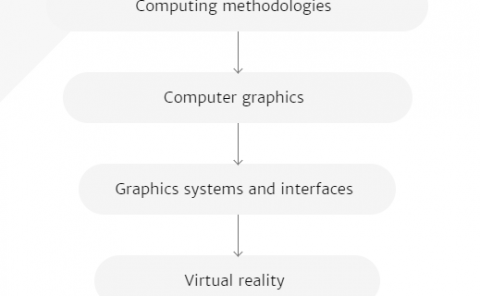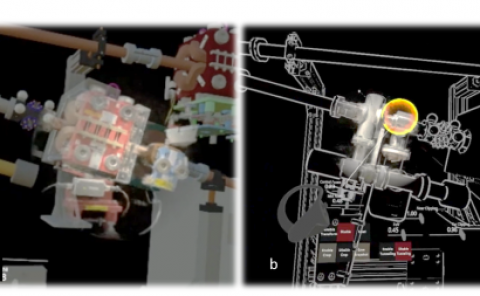What makes immersive virtual reality the ultimate empathy machine? Discerning the underlying mechanisms of change
PubDate: Oct 2020
Teams: Yale University;University of Connecticut
Writers: Baptiste Barbot;James C. Kaufman

Abstract
Recent research has emphasized the promise of Immersive Virtual Reality (IVR) to bolster empathy. The underlying mechanisms of such an intriguing outcome are, however, underexplored. The present study examines the effect of distinct but interrelated user experiences (UX) dimensions underlying the bolstering effect of IVR on empathy. Sixty-five young adults participated in five 1-h weekly programs encompassing a total of 25 IVR experiences of different nature. Following each session, participants rated their UX of immersion-presence, illusion of body ownership, illusion of agency, engagement, and IVR-triggered mind-wandering for each IVR experience. Baseline empathy, operationalized in a multifaceted fashion, was measured both before and after the IVR program, spanning a total of seven weeks. Empathy significantly increased after the program with a moderate effect size (d = .52). Further, 27.6% of the variance in empathy change was explained by the combined effect of the UX variables. The largest predictors were illusion of body ownership and agency. The pattern of results was the same across types of IVR experience, suggesting that media content (whether empathy-evoking or not), did not moderate the relationship between UX and empathy. Together, this study highlights that IVR is more an effective “perspective taking-machine” than “empathy machine” per se.



